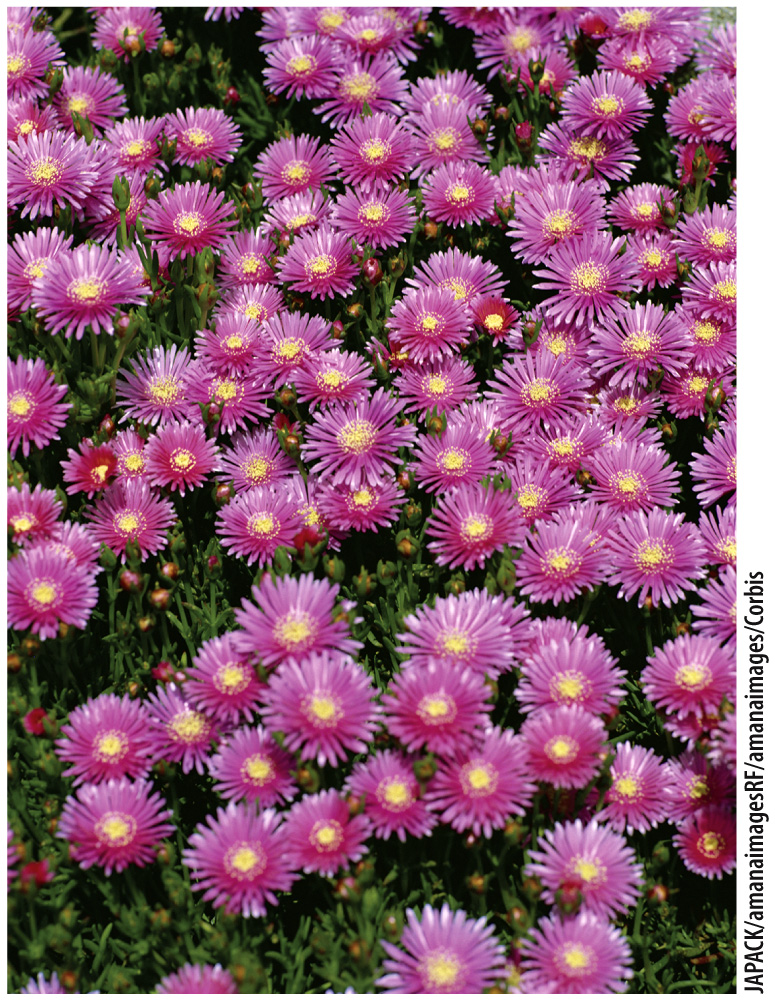Chapter 30 Introduction
619
CHAPTER 30
Plant Reproduction
Finding Mates and Dispersing Young

Core Concepts
- Alternation of generations evolved in plants by the addition of a diploid sporophyte generation that allows plants to disperse spores through the air.
- Pollen allows the male gametophyte to be transported through the air, while resources stored in seeds support the growth and development of the embryo.
- Angiosperms (flowering plants) attract and reward animal pollinators, and they provide resources for seeds only after fertilization.
- Many plants also reproduce asexually.
620
As plants moved onto land, the challenges of carrying out photosynthesis in air were matched by the difficulties of completing their life cycle. The algal ancestors of land plants relied on water currents to carry sperm to egg and to disperse their offspring. On land, the first plants were confronted with the challenge of moving gametes and offspring through air. Air is less buoyant than water, provides a poor buffer against changes in temperature and ultraviolet radiation, and increases the risk of drying out. As plants diversified on land, structures evolved that allow gametes and offspring to survive being transported through air. For these structures to be useful, plant life cycles had to undergo radical change. The modification of land plant life cycles is a major theme in plant evolution.
The gametes and offspring of many land plants are carried passively by the movement of the air (or in a few cases, water—